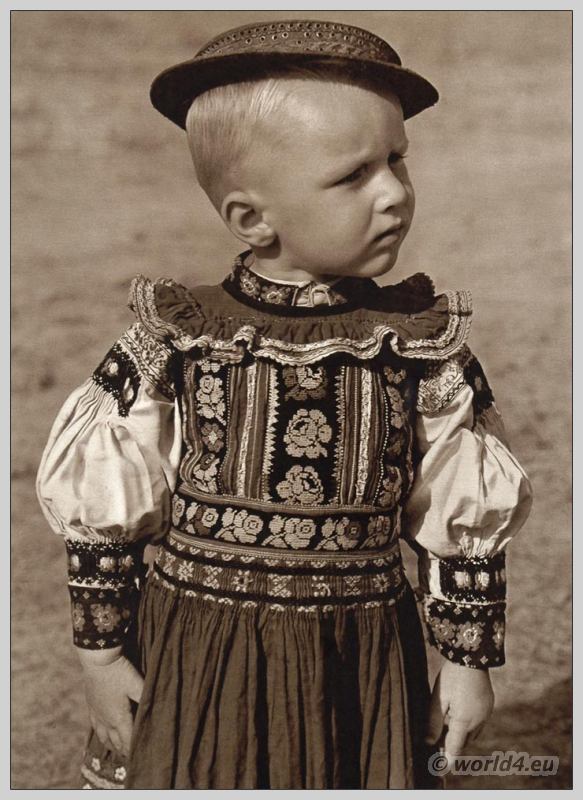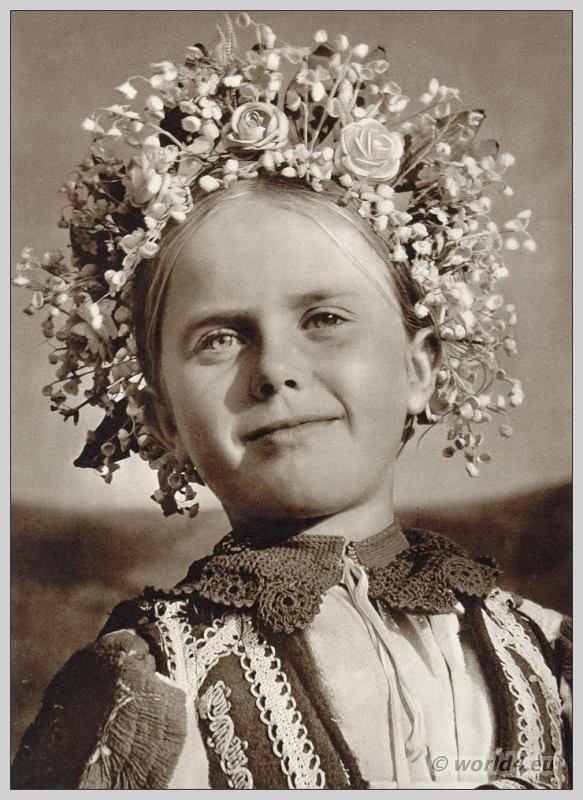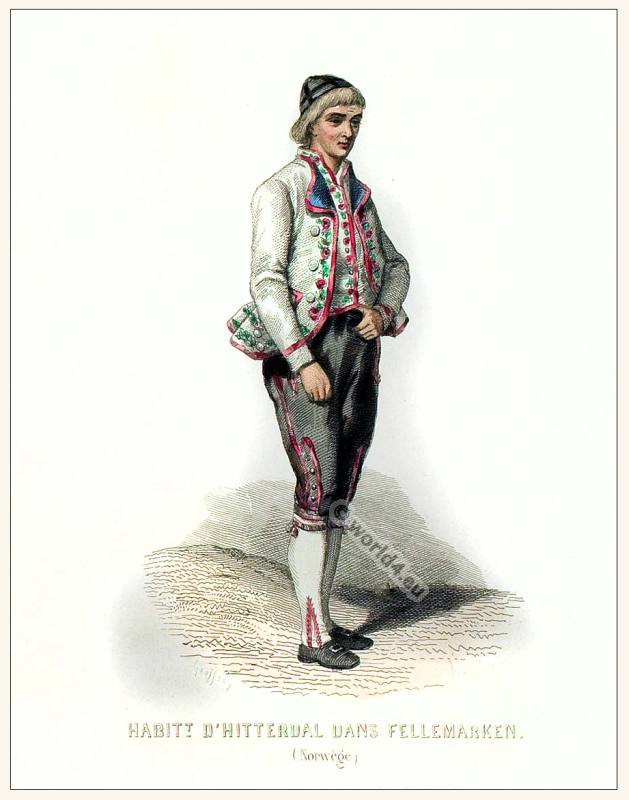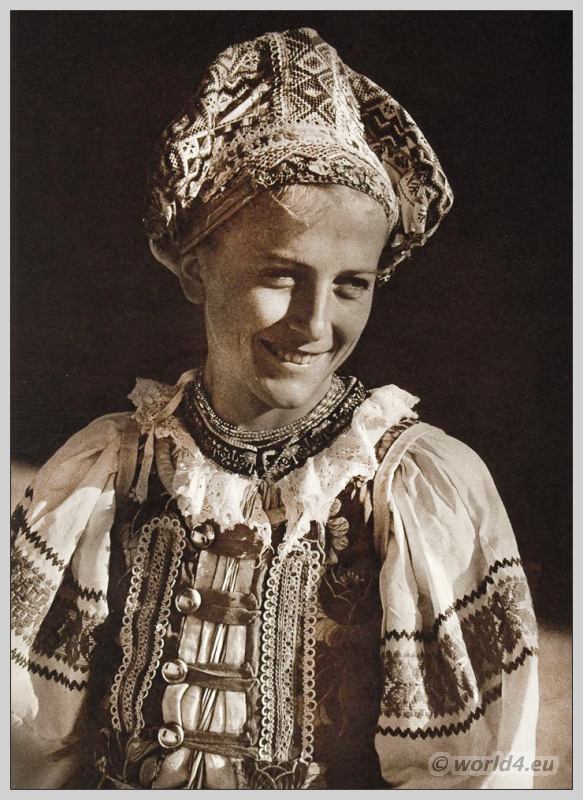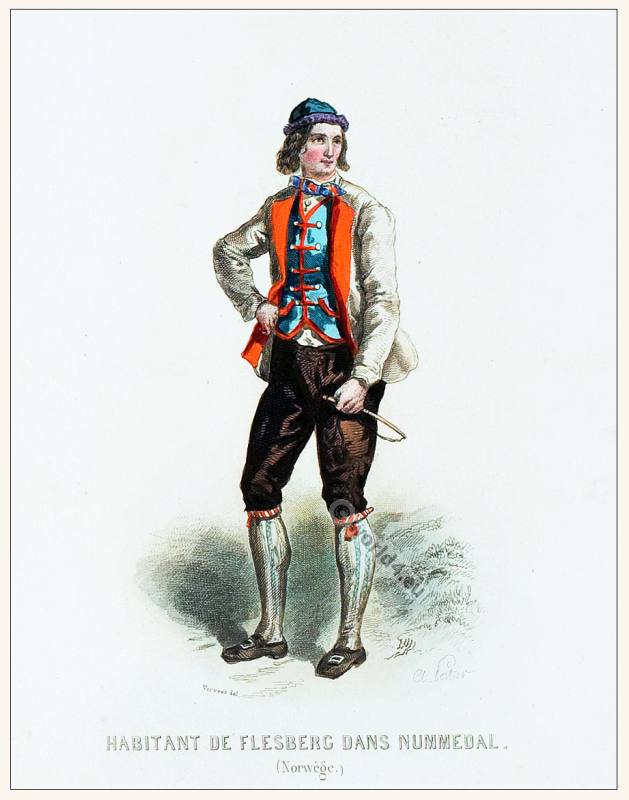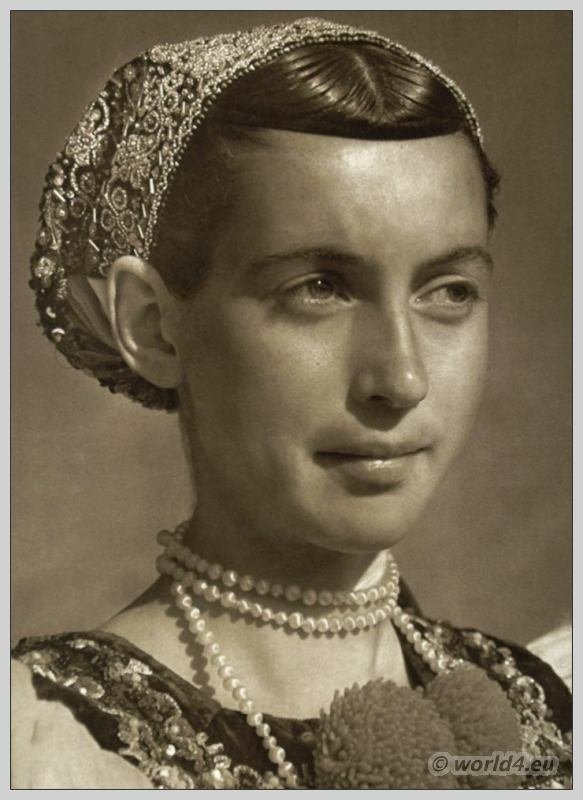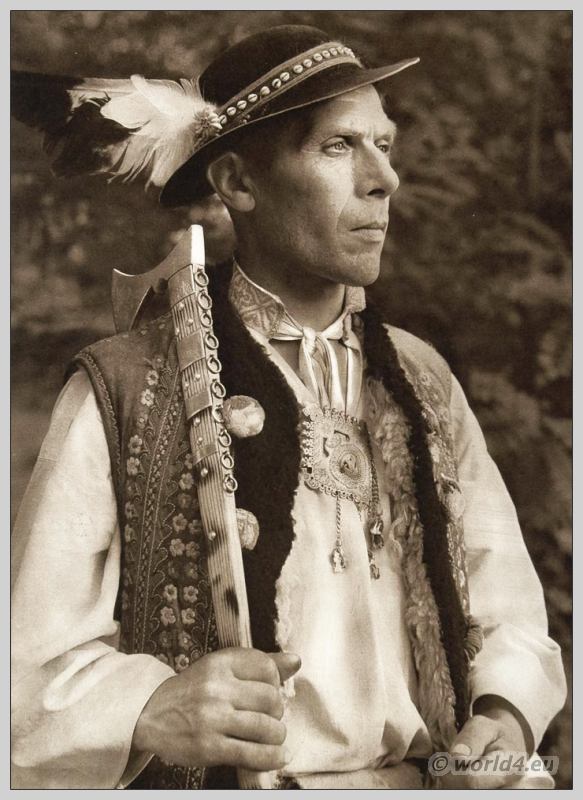
Belianske Tatry, Slovakia. Peasant from Ždiar.
The Belianske Tatry are a mountain range in the north of Slovakia. In contrast to the High Tatras, the Beler Limestone Alps are dominated by various types of limestone. This has resulted in karst phenomena, especially caves. The flora is also more diverse than in the neighbouring mountains.
In the 14th century, the Belianske Tatry are said to have been used as grazing land. The numerous caves attracted treasure hunters. From the 17th century, mining (copper ore) was carried out on a modest scale.
Ždiar (Dawn, Hungarian Zár – until 1902 Zsdjár, Polish Ździar) is a five-kilometre-long municipality in eastern Slovakia, situated northeast of the High Tatras near the Polish border. The area of the later municipality was settled by lumberjacks in the 16th century and is mentioned for the first time in 1590. It was not until the beginning of the 17th century that the actual municipality came into being here.
The inhabitants used to devote themselves mainly to pasture farming, but towards the end of the 19th century the renting of rooms to tourists and recreation seekers was added. Forestry also played an important role in the area.
In the village – especially in the Antošovský vrch and Blaščatská dolina districts – there are various old types of houses that represent a folk cultural monument, for example courtyards closed on all four sides and log houses with decorations and a strong Goral influence.
Every summer, the “Goralské folklórne slávnosti” (Gorals Folklore Festival) takes place, where Polish and Slovak groups show dances, songs and other cultural assets of the Gorals ethnic group.
Related
Discover more from World4 Costume Culture History
Subscribe to get the latest posts sent to your email.

